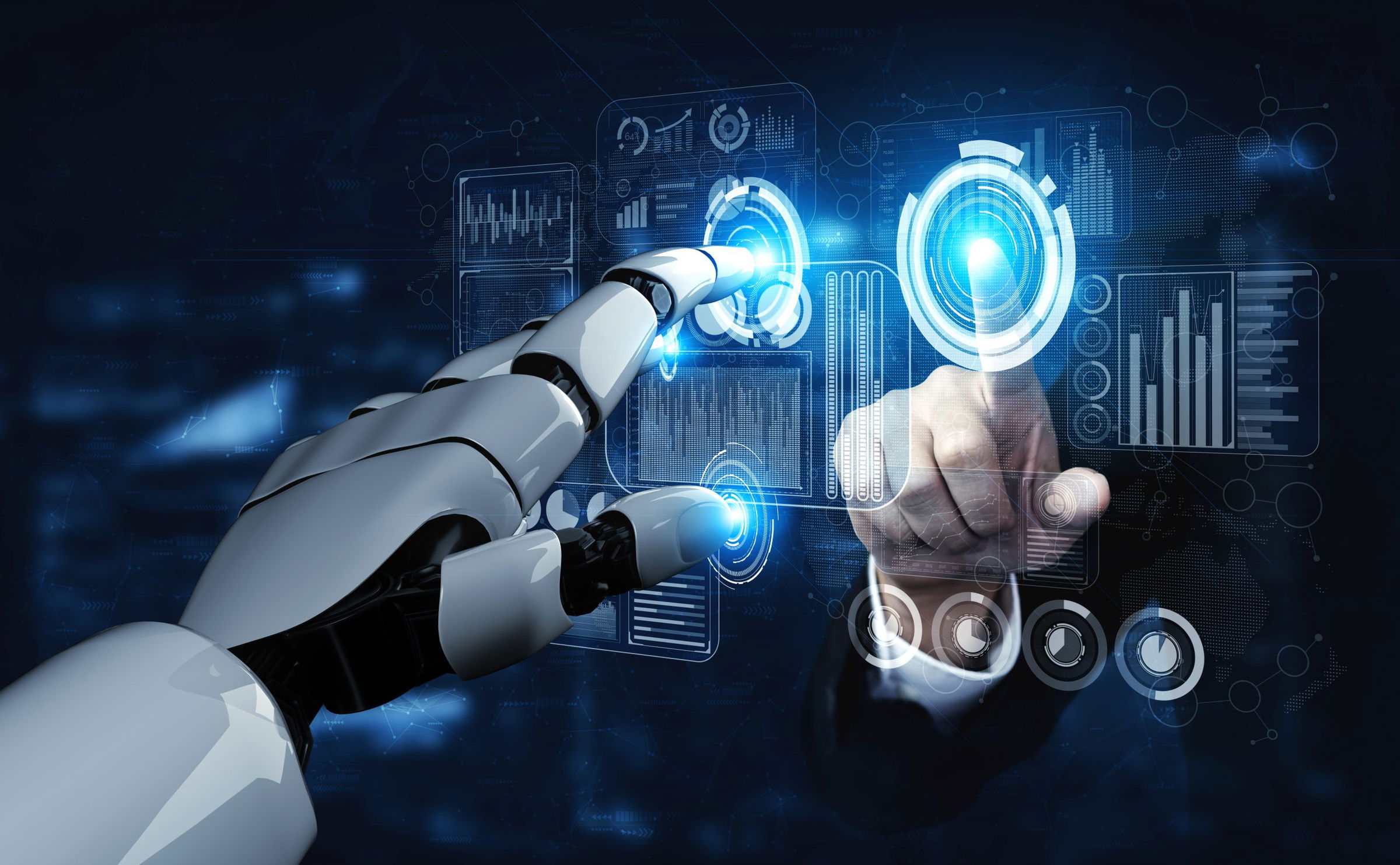Enabling a Smarter Technology with Machine Learning Courses
Machine learning has become more prevalent in enabling smarter technology in a technology-driven era. Many renowned companies worldwide heavily invest in machine learning technologies for an Artificial Intelligence (AI)-powered manufacturing process.
For instance, AI and machine learning have reduced labor costs and downtime with the industrial IoT. In addition, many companies have experienced better quality control with the advancement in machine learning.
Today, you can grab many opportunities by polishing your skills in this field. According to O’Reilly’s Machine learning Adoption Survey, job titles related to machine learning are widely used in organizations: data scientist (81%), machine learning engineer (39%), and deep learning engineer (20%). Whether you opt for a post-graduation in machine learning or seek deep learning training, let us become more familiar with the industry.
5 Ways Machine Learning Courses Help You Enable Smarter Technology
Here are a few examples of machine learning implementations that enable smarter technology.
Product Development
Planning and designing new products and updates usually requires extensive research and information, which can be time-consuming, thereby affecting the final product. In this phase, machine learning is chiefly implemented and helps you yield potential results.
It helps gather customer data, analyze it to meet customer demands, and find business opportunities. Moreover, machine learning can help execute a flawless evaluation of the risk of developing new products.
Smart Manufacturing
Another significant impact of machine learning is the daily improvement of processes throughout the manufacturing cycle. This technology has helped manufacturers detect their weak points, such as bottlenecks, unprofitable product methods, etc.
With better data analysis and IoT, manufacturers could develop efficient production methodologies and take an in-depth look into inventory, assets, logistics, and supply chain management. Thus, a data analytics course with placements can help you understand how the analysis works and supports the overall production line.
Quality Control
Machine learning helps improve quality control in two ways. First, it can easily find defects in the final product and packaging. Second, one can use machine learning to increase the quality of the manufacturing process, thereby laying a solid foundation considering the quality aspect. With this automated testing process, manual processes and errors can be avoided, requirements can be predicted, and fast and reliable answers can be obtained.
Cybersecurity
With the increasing cybersecurity concern of the digital world, machine learning has come to the rescue. This is because most apps and devices are dependent on on-premise platforms, operating systems, cloud, networks, and applications. Fortunately, with the Zero Trust Security (ZTS) plan, you can easily regulate and control users’ access to data and information.
Robots
Eventually, companies are using their best machine learning techniques to approach the innovative technology of robots. Robots are quite helpful as they can handle dangerous tasks that humans cannot. With a fast pace of innovation, robots nowadays use their machine learning technologies and capabilities to efficiently tackle complicated and complex processes, quickly surpassing the outdated thresholds. Furthermore, industrial AI-powered robots are more aware of people and surroundings.
Final Thoughts
With excellent solutions and practical applications in today’s world, machine learning plays a crucial role in enabling smarter and better technology. If you are planning to boost your technology career by pursuing machine learning courses, a post-graduation in machine learning can help you.
We at Imarticus Learning provide professional courses that make you industry-ready. Choose from a range of technology, finance, data analytics, and marketing courses that offer top-tier collaborations, qualified faculty, and more!
Contact us today or visit your nearest training center in Mumbai, Thane, Pune, Chennai, Bengaluru, Delhi, and Gurgaon.




 Course Benefit For Learner:
Course Benefit For Learner: 





